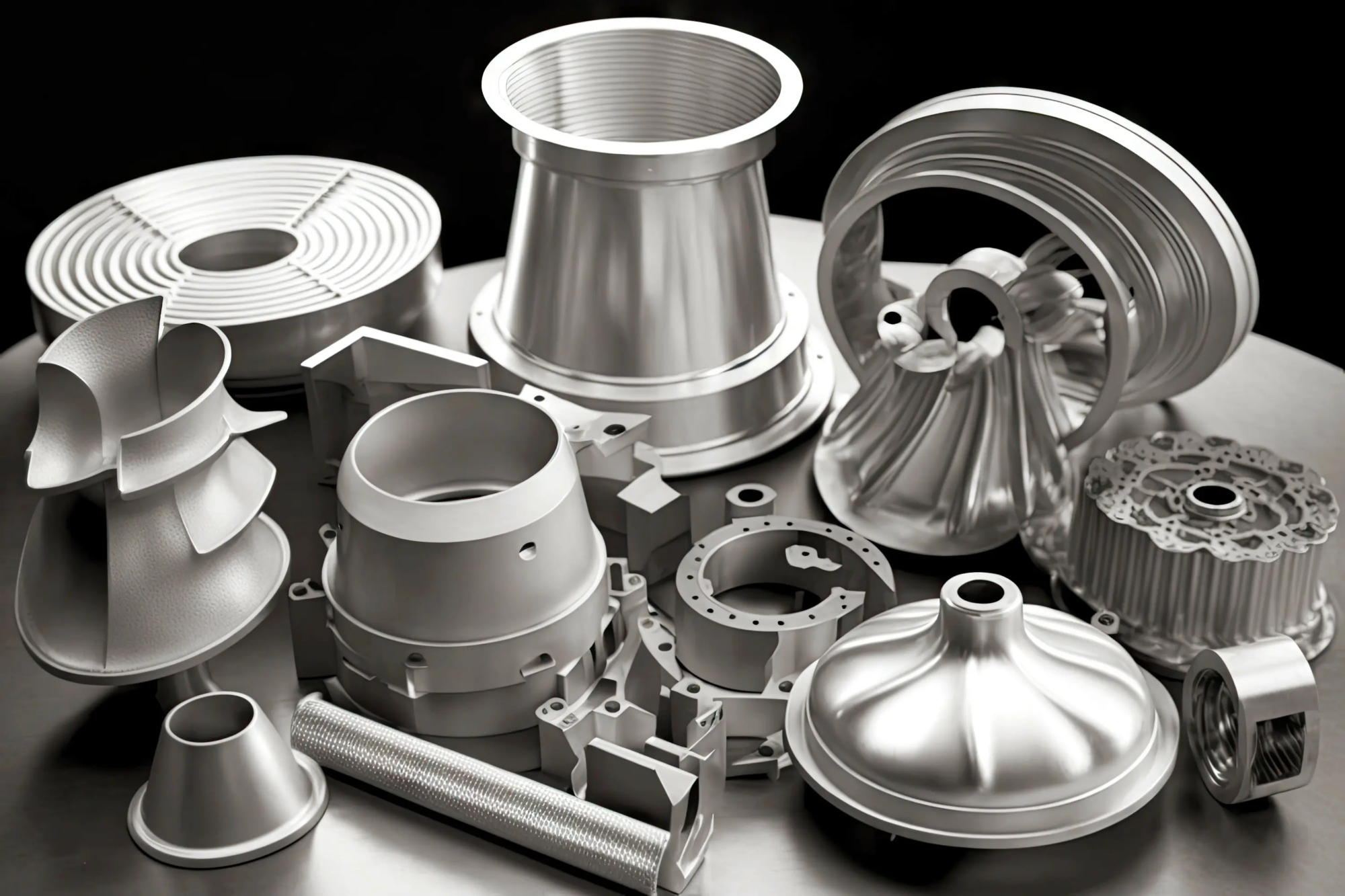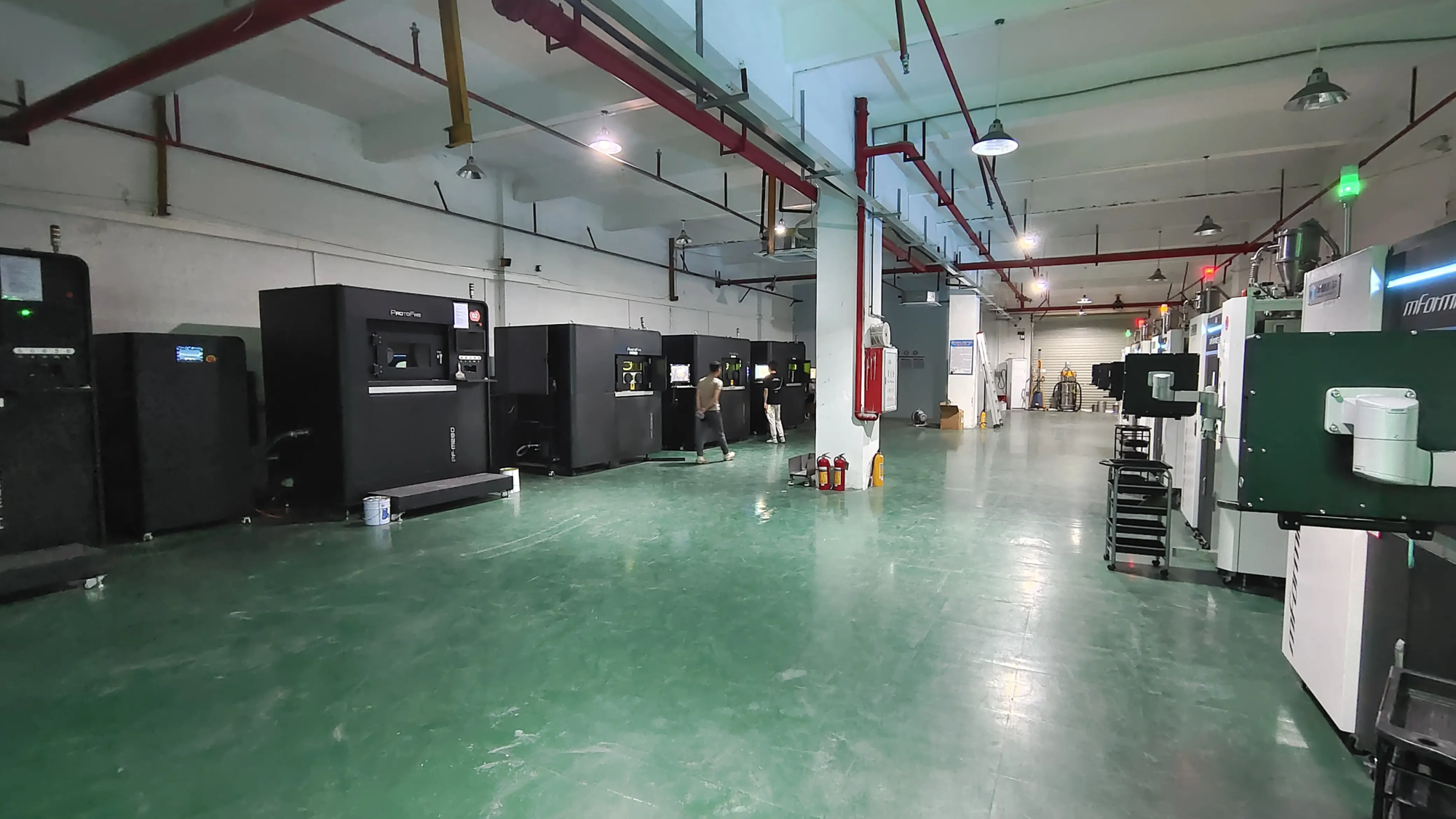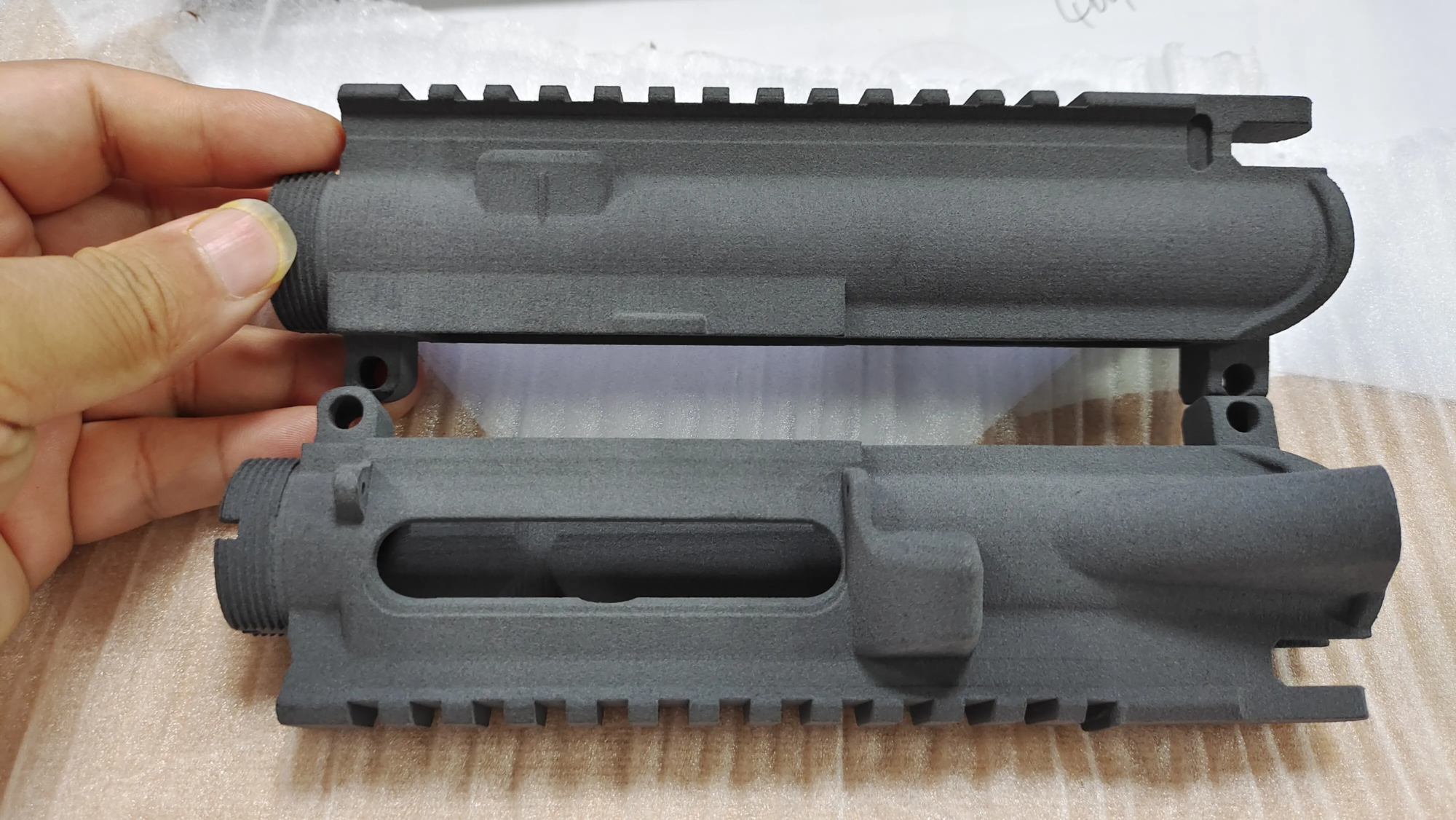On February 24, 2025, according to the Library of Resources, the American Patent and Brands Office recently attributed to Nike a brand new patent of the 3D -printed shoe manufacturing process. This innovative technology is directly printed in 3D, the digital conceptions on fabric materials to form the stem, then 3D printed the sole directly on the rod, thus abandoning the traditional two -story manufacturing process.
This Nike approach not only provides more advanced materialization capabilities of materials, but also improves resistance, rigidity, support, flexibility and wear resistance of shoes. Meanwhile, Nike should introduce a lighter shoe design by reducing heavy adhesives, seams and excessive material layers. In addition, this new patent (US-12226973-B2) has the potential to reduce material waste and make personalized products more respectful of the environment.
The innovator behind patents
The main inventors of this patent are David P. Jones and Ryan R. Larson. Jones is a co-inventor of several patents related to the application of 3D printing directly in the assembly of fabrics and clothing, while Larson is the director of Nike Digital and 3D cushioning systems, responsible for the depreciation innovation of shoes and actively participates in the additive manufacturing projects of the company. The patent was submitted for the first time in December 2023, was announced in April 2024 and was officially approved this week.
3D printed shoe innovation process from Nike
The exploration of Nike in the field of 3D printing is not new. In 2013, the Oregon -based shoe giant launched its first 3D printed football shoe, Talon Laser Vapor, which uses selective laser sintering technology (SLS) to build the sole, weighing only 158 grams, aimed at increasing the speed and handle of the sprint.
Since then, Nike has announced a certain number of 3D printing cooperation, including collaboration with HP in 2016 to develop shoe products using its multi -jet Melting (MJF) 3D printing technology. The same year, Nike designed the Zoom Superfly Flyknit racing shoes for the seven times Olympic gold medalist Allyson Felix. He quickly iterated the prototype shoe nail board via 3D print technology to shorten the design cycle for several days.
In 2018, Nike joined forces with the former male world record holder Eliud Kipchoge to launch the Vaporfly Elite “Flyprint” race shoe with a fully 3D printed rod, marking Nike’s passage from the Print in 3D prototype design to real production.
“This is the first superior printed in 3D adapted to mass production,” said Bret Schoolmeester, principal director of global Nike racing shoes. The same year, Nike introduced these professional racing shoes on the mass market.
In 2023, Nike was again under the spotlight, launching the first Air Max 1000 sneakers which are almost entirely made with 3D printing technology.
Developed in collaboration with the Expert in Print Shoes Berlin 3D Zellerfeld, the shoe made its debut during the Complexcon event in Las Vegas, with a limited edition of 1,000 pairs.
Technical details of the new patent
The new Nike patent shows a whole new method for making 3D printed shoes. First, designers create digital 3D models for rod and soles. Then, a piece of knitted fabric, woven or not woven is placed flat on a tray inside a 3D printer and the desired pattern is extruded directly on the fabric using ink, resin, acrylic, polymer or thermoplastic material.
Depending on the description of patents, the extruded material can penetrate slightly into the fabric before hardening, while the reinforcement areas can be created by multilayer printing at the desired location for improved resistance and flexibility. After printing, the pattern is cured by UV light, so the fabric is closely linked to the extruded material.
Then, the flat upper part is shaped in a 3D form, in accordance with the final design of the shoe. Finally, place the inverted superior in the 3D printer and print the sole directly on the rod according to the predetermined three -dimensional capture.
The intermediate sole and outsole of the sole can be made of flexible damping materials such as polyurethane or foam rubber for more comfort and durability. In addition, the soles can be added to the stem to improve adjustment. The only part is also cured by ultraviolet rays, and the final product must undergo a quality inspection.
Wide range of applications
This patent is suitable not only to sports shoes, but also to the manufacture of various shoes such as basketball shoes, football shoes, bicycle shoes, tennis shoes, baseball shoes, training shoes and hiking shoes. In addition, this method can also be used to make other types of shoes such as formal shoes, moccasins, sandals, slippers, boat shoes and work boots.
The new Nike 3D printing process is not limited to shoes, but can also be used to make clothes and sports equipment such as hats, jackets, shirts, gloves, etc., covering a variety of materials such as fabrics, leather, rubber and mousse.
Industry trends in 3D printed shoes
3D printed shoes become a hot trend in additive manufacturing and the shoe industry. Nike is not the only brand to embrace this technology. At the beginning of 2024, the Italian luxury brand Gucci launched a new design for its CUB3D sneakers printed in 3D as part of its spring and summer 2025 collection.
Originally released in 2023, this shoe is available in five colors: purple, gray, black, brown and broken white.
In addition, Synilay, the Florida -based shoe developer, launched 3D printed makeover designed by artificial intelligence for $ 150, and customers can scan their feet on their smartphones to generate precise dimensional models.
The startup elastium of the water is also associated with the largest manufacturer of California Lalaland shoes to launch its latest 3D printed sneaker orc, which combines a TPU foam intermediate sole and an elastic fiber rod.
In China, in 2022, the Consumer goods company printed in 3D Staray launched the “cells” series of 3D printed shoes, which marks the entrance to all-in-one 3D printed shoes of the era of the consumer era. Currently, cumulative sales of the brand’s shoes have exceeded 100,000 pairs.
We believe that with the continuous development of 3D printing technology, the manufacture of shoes will be smarter, personalized and environmentally friendly in the future, offering consumers an unprecedented port experience.
And 2025 will be the year when the full 3D printed shoe explodes.





